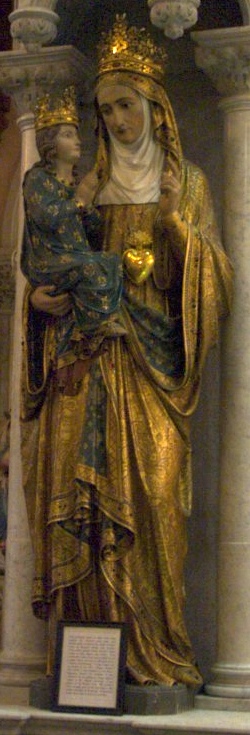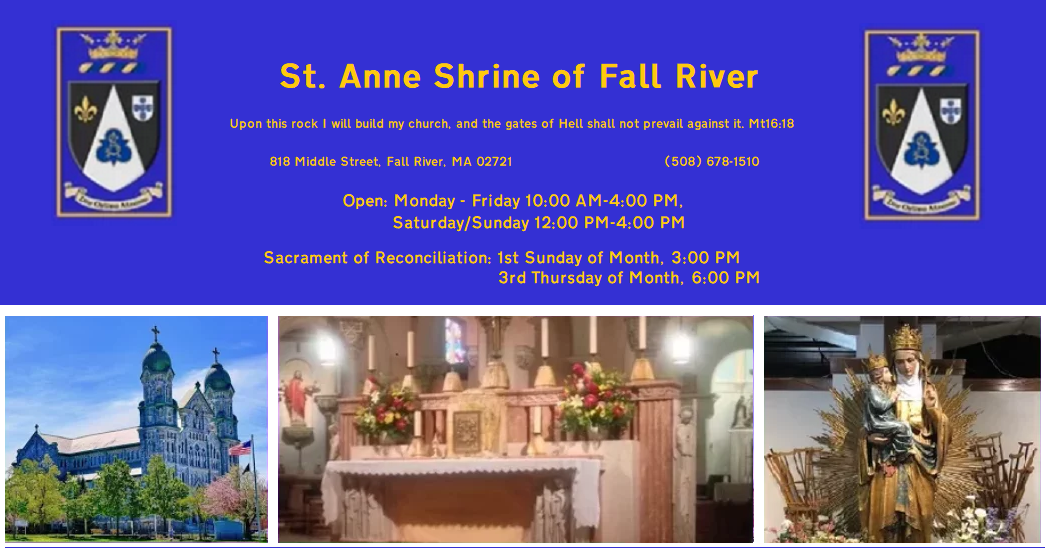The Dominican Fathers came to Fall River from France via Lewiston, Maine. In time, French-speaking Canadian Dominicans not only joined them but eventually took over their apostolates.

In 1866, a Dominican traveled through the United States finding an “astonishing American church.” No doubt, his letter home was remembered when persecution became a reality in France as of 1877. With houses closed and young monks sent to Austria or Spain, the French Dominicans wondered how they would ever live through those difficult days.
And when they looked to America, their reception was no different than it was for Vietnam refugees: theoretically there was sympathy; practically, there was selfishness.
The American Dominicans wondered how their coming would hinder their own prospects of opening new houses and apostolates; the Canadians judged that there were simply not enough resources to keep their own and the French alive.
Their first initiatives were for larger cities for they felt that European experiences in the smaller cities had not been that successful. The prospects of parish ministry were not too enthusiastically received by the French Dominicans as they looked to see what work was available in the United States.
Finally, Bishop Healy of Portland, Maine, offered the Dominicans a parish in Lewiston. The new bishop of Providence, Bishop Harkins did not want to renew the hard-handed approach of his predecessor in regards to immigrants. To better assure peace between and in his churches and in the face of some troubling news from Fall River, he turned to Lewiston and asked the Dominicans to come to his diocese.
He had a parish all ready for them… Saint Anne in Fall River. He asked the Dominicans at least to try, knowing other religious communities had refused, and only when they were satisfied to accept ministry among the Canadians in Fall River.
Father Mothon describes the parish as follows: “Saint Anne Parish in Fall River is one of the most ancient Canadian parishes in the United States. It comprises a population of six to seven thousand Catholics. As far as the properties are concerned, it includes: (1) a vast church of mediocre architecture (Hunter Street) but it is finished and it is larger than Lewiston. (2) A large rectory that could easily accommodate five or six religious. (3) A very nice and large school directed by the French Sisters of the Holy Cross of Mans, who live in the school. The school is surrounded by two large yards, the rectory by a fairly large garden, and the church itself. All these properties are of one owner and they take up the entire space between four streets (Hunter, William, Grant, and Hope) and as a whole they are the most beautiful church property in the city.
“It is certain that the offer made us is exceptionally advantageous and we will probably not receive anything like it again. When I consider all the good we would be able to do there and the great number of our young Fathers who have next to no ministry in France, I am truly sorry that opinion in France does not favor us more and that they do not understand the enormous good we could do here.”
Eventually all understood somewhat and the Dominicans came to Fall River.
